We put the Oppo Find X6 through our rigorous DXOMARK Audio test suite to measure its performance both at recording sound using its built-in microphones, and at playing audio back through its speakers.
In this review, we will break down how it fared in a variety of tests and several common use cases.
Overview
Key audio specifications include:
- Two speakers (Top side, bottom side)
- No Jack audio output
Scoring
Sub-scores and attributes included in the calculations of the global score.
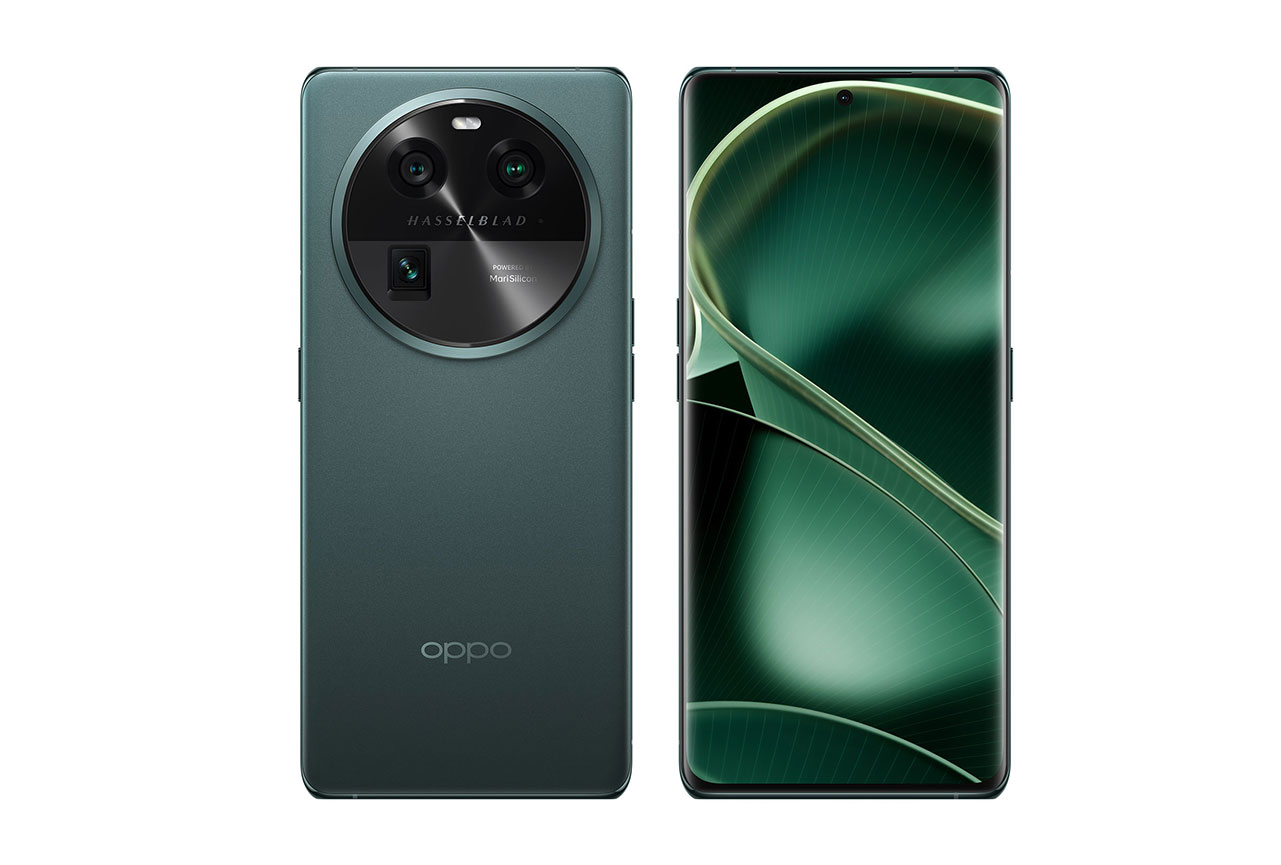 Oppo Find X6
Oppo Find X6

127
audio
125
Black Shark 5 Pro
Best: Black Shark 5 Pro (158)
123
Black Shark 5 Pro
Best: Black Shark 5 Pro (149)
125
Black Shark 5 Pro
Best: Black Shark 5 Pro (162)
125
Black Shark 5 Pro
Best: Black Shark 5 Pro (162)
90
Asus ROG Phone 5
Best: Asus ROG Phone 5 (157)
132
Honor Magic3 Pro+
Best: Honor Magic3 Pro+ (147)
123
Black Shark 5 Pro
Best: Black Shark 5 Pro (146)
135
Vivo X Fold
Best: Vivo X Fold (159)
142
Black Shark 5 Pro
Best: Black Shark 5 Pro (170)
152
Black Shark 5 Pro
Best: Black Shark 5 Pro (166)
Position in Global Ranking

84
th
5. Asus Smartphone for Snapdragon Insiders
149
13. Apple iPhone 15 Pro Max
143
14. Apple iPhone 14 Pro Max
142
23. Apple iPhone 12 Pro Max
140
28. Apple iPhone 13 Pro Max
139
28. Samsung Galaxy S24+ (Exynos)
139
28. Samsung Galaxy S24 Ultra
139
28. Samsung Galaxy S23 Ultra
139
34. Samsung Galaxy S23 FE
138
50. Samsung Galaxy Z Fold4
134
50. Samsung Galaxy S24 (Exynos)
134
54. Samsung Galaxy Z Fold5
133
54. Samsung Galaxy S22 Ultra (Snapdragon)
133
54. Samsung Galaxy S22 Ultra (Exynos)
133
54. Samsung Galaxy A54 5G
133
70. Samsung Galaxy Z Flip4
130
72. Samsung Galaxy Z Flip5
129
72. Vivo X80 Pro (Snapdragon)
129
76. Realme GT Neo 5 (240W)
128
76. Xiaomi Redmi K50 Gaming
128
84. Samsung Galaxy A52s 5G
127
84. Samsung Galaxy A52 5G
127
88. Motorola Razr 40 Ultra
126
88. Samsung Galaxy A53 5G
126
88. Samsung Galaxy A34 5G
126
95. Apple iPhone 11 Pro Max
125
95. Samsung Galaxy A33 5G
125
95. Vivo X80 Pro (MediaTek)
125
98. Lenovo Legion Phone 2 Pro
124
101. Apple iPhone SE (2022)
122
101. Apple iPhone SE (2020)
122
105. Samsung Galaxy S22+ (Exynos)
121
109. Samsung Galaxy Z Fold3 5G
120
109. Samsung Galaxy S22 (Snapdragon)
120
109. Samsung Galaxy S22 (Exynos)
120
112. Xiaomi Redmi K40 Gaming
119
119. Samsung Galaxy S21 Ultra 5G (Snapdragon)
118
119. Samsung Galaxy S21 Ultra 5G (Exynos)
118
119. Samsung Galaxy S21 FE 5G (Snapdragon)
118
119. Samsung Galaxy S21 5G (Snapdragon)
118
119. Samsung Galaxy S21 5G (Exynos)
118
130. Motorola Edge 40 Pro
116
130. Samsung Galaxy S20 Ultra 5G (Exynos)
116
130. Samsung Galaxy Note20 Ultra 5G (Exynos)
116
130. Xiaomi Redmi K40 Pro+
116
137. Motorola Edge 30 Pro
115
137. Samsung Galaxy Note20 Ultra 5G (Snapdragon)
115
141. Samsung Galaxy Z Fold2 5G
114
143. Samsung Galaxy Note 10+ 5G (Exynos)
113
143. Samsung Galaxy Note 10+ (Exynos)
113
151. Nubia RedMagic 6 Pro
112
158. Huawei Mate 30 Pro 5G
109
165. Oppo Reno6 Pro 5G (Snapdragon)
108
174. Lenovo Legion Phone Pro
105
174. Nubia RedMagic 7 Pro
105
174. Samsung Galaxy A23 5G
105
181. Nubia RedMagic 8 Pro
103
185. Motorola Edge 20 Pro
102
189. Honor Magic5 Lite 5G
97
189. Xiaomi Mi CC9 Pro Premium Edition
97
198. Vivo X70 Pro (MediaTek)
93
204. Vivo X60 Pro 5G (Snapdragon)
86
Position in Ultra-Premium Ranking

55
th
3. Asus Smartphone for Snapdragon Insiders
149
8. Apple iPhone 15 Pro Max
143
9. Apple iPhone 14 Pro Max
142
16. Apple iPhone 12 Pro Max
140
19. Apple iPhone 13 Pro Max
139
19. Samsung Galaxy S24+ (Exynos)
139
19. Samsung Galaxy S24 Ultra
139
19. Samsung Galaxy S23 Ultra
139
34. Samsung Galaxy Z Fold4
134
36. Samsung Galaxy Z Fold5
133
36. Samsung Galaxy S22 Ultra (Snapdragon)
133
36. Samsung Galaxy S22 Ultra (Exynos)
133
47. Samsung Galaxy Z Flip4
130
49. Samsung Galaxy Z Flip5
129
49. Vivo X80 Pro (Snapdragon)
129
56. Motorola Razr 40 Ultra
126
57. Apple iPhone 11 Pro Max
125
57. Vivo X80 Pro (MediaTek)
125
59. Samsung Galaxy S22+ (Exynos)
121
63. Samsung Galaxy Z Fold3 5G
120
67. Samsung Galaxy S21 Ultra 5G (Snapdragon)
118
67. Samsung Galaxy S21 Ultra 5G (Exynos)
118
71. Samsung Galaxy S20 Ultra 5G (Exynos)
116
71. Samsung Galaxy Note20 Ultra 5G (Exynos)
116
75. Samsung Galaxy Note20 Ultra 5G (Snapdragon)
115
76. Samsung Galaxy Z Fold2 5G
114
77. Samsung Galaxy Note 10+ 5G (Exynos)
113
77. Samsung Galaxy Note 10+ (Exynos)
113
84. Huawei Mate 30 Pro 5G
109
89. Lenovo Legion Phone Pro
105
Playback
Cons
- Muffled tonal balance across all use cases
- Unbalanced stereo, leaning to the right in landscape orientation
Recording
Pros
- Pleasant and natural recordings
- Good Volume performance
- Artifacts well under control
Cons
- Lack of brightness in recordings
- Slightly underwhelming when recording loud events, such as concerts
In the DXOMARK Audio test, our experts found the Oppo Find X6 to be a good device for both audio playback and recording. Overall performance was very similar to the Find X6 Pro. Results were slightly better when recording sound, and slightly lower in playback. As a playback device, the Find X6 performed best when watching movies and playing games, but results were almost on the same level for listening to music content. Recordings were best with the main camera and memo app, but front-camera results were not far off.
The device offered a pleasant sonority and loud sound, both when playing back audio through the built-in speakers and when recording audio. However, our experts also found the device to sound slightly dull in playback as well as recording. They also noticed bass distortion with the built-in speakers.
Test summary
About DXOMARK Audio tests: For scoring and analysis in our smartphone audio reviews, DXOMARK engineers perform a variety of objective tests and undertake more than 20 hours of perceptual evaluation under controlled lab conditions.
(For more details about our Playback protocol, click here; for more details about our Recording protocol, click here.)
The following section gathers key elements of our exhaustive tests and analyses performed in DXOMARK laboratories. Detailed performance evaluations under the form of reports are available upon request. Do not hesitate to contact us.
Playback
122
Black Shark 5 Pro
Black Shark 5 Pro
How Audio Playback score is composed
DXOMARK engineers test playback through the smartphone speakers, whose performance is evaluated in our labs and in real-life conditions, using default apps and settings.
Listen to the tested smartphone’s playback performance in this comparison with some of its competitors:
Recordings of the smartphones playing some of our music tracks at 60 LAeq in an anechoic environment by 2 microphones in A-B configuration, at 30 cm
Here is how the Oppo Find X6 performs in playback use cases compared to its competitors:
Playback use-cases scores
125
Black Shark 5 Pro
Black Shark 5 Pro
The Timbre score represents how well a phone reproduces sound across the audible tonal range and takes into account bass, midrange, treble, tonal balance, and volume dependency. It is the most important attribute for playback.
Music playback frequency response
A 1/12 octave frequency response graph, which measures the volume of each frequency emitted by the smartphone when playing a pure-sine wave in an anechoic environment.
123
Black Shark 5 Pro
Black Shark 5 Pro
The Dynamics score measures the accuracy of changes in the energy level of sound sources, for example how precisely a bass note is reproduced or the impact sound from drums.
125
Black Shark 5 Pro
Black Shark 5 Pro
The sub-attributes for spatial tests include pinpointing a specific sound's location, its positional balance, distance, and wideness.
125
Black Shark 5 Pro
Black Shark 5 Pro
The Volume score represents the overall loudness of a smartphone and how smoothly volume increases and decreases based on user input.
Here are a few sound pressure levels (SPL) measured when playing our sample recordings of hip-hop and classical music at
maximum volume:
|
Hip-Hop |
Classical |
| Oppo Find X6 |
74.1 dBA |
72.3 dBA |
| Oppo Find X6 Pro |
74.5 dBA |
72.4 dBA |
| Samsung Galaxy S23 |
73.9 dBA |
69.1 dBA |
The following graph shows the gradual changes in volume going from
minimum to maximum. We expect these changes to be consistent across the range, so that all volume steps correspond to users’ expectations:
Music volume consistency
This line graph shows the relative loudness of playback relative to the user selected volume step, measured at different volume steps with a correlated pink noise in an anechoic box recorded in axis at 0.20 meter.
90
Asus ROG Phone 5
Asus ROG Phone 5
The Artifacts score measures the extent to which the sound is affected by various types of distortion. The higher the score, the less the disturbances in the sound are noticeable. Distortion can occur because of sound processing in the device and because of the quality of the speakers.
Playback Total Harmonic Distortion (Maximum Volume)
This graph shows the Total Harmonic Distortion and Noise over the hearable frequency range.
It represents the distortion and noise of the device playing our test signal (0 dB Fs, Sweep Sine in an anechoic box at 40 cm) at the device's maximum volume.
Recording
139
Honor Magic6 Pro
Honor Magic6 Pro
How Audio Recording score is composed
DXOMARK engineers test recording by evaluating the recorded files on reference audio equipment. Those recordings are done in our labs and in real-life conditions, using default apps and settings.
Here is how the Oppo Find X6 performs in recording use cases compared to its competitors:
Recording use-cases scores
132
Honor Magic3 Pro+
Honor Magic3 Pro+
The Timbre score represents how well a phone captures sounds across the audible tonal range and takes into account bass, midrange, treble, and tonal balance. It is the most important attribute for recording.
Life video frequency response
A 1/12 octave frequency response graph, which measures the volume of each frequency captured by the smartphone when recording a pure-sine wave in an anechoic environment.
123
Black Shark 5 Pro
Black Shark 5 Pro
The Dynamics score measures the accuracy of changes in the energy level of sound sources, for example how precisely a voice's plosives (the p's, t's and k's, for example) are reproduced. The score also considers the Signal-to-Noise Ratio (SNR), for example how loud the main voice is compared to the background noise.
135
Vivo X Fold
Vivo X Fold
The sub-attributes for spatial tests include pinpointing a specific sound's location, its positional balance, distance, and wideness on the recorded audio files.
Recording directivity
Directivity graph of the smartphone when recording test signals using the camera app, with the main camera. It represents the acoustic energy (in dB) over the angle of incidence of the sound source. (Normalized to the angle 0°, in front of the device.)
142
Black Shark 5 Pro
Black Shark 5 Pro
The Volume score represents how loud audio is normalized on the recorded files and the how the device handles loud environments, such as electronic concerts, when recording.
Here are the sound levels recorded in the audio and video files, measured in
LUFS (Loudness Unit Full Scale); as a reference, we expect loudness levels to be above -24 LUFS for recorded content:
|
Meeting |
Life Video |
Selfie Video |
Memo |
| Oppo Find X6 |
-25.7 LUFS |
-21.1 LUFS |
-19.5 LUFS |
-19.7 LUFS |
| Oppo Find X6 Pro |
-25.7 LUFS |
-20.6 LUFS |
-18.7 LUFS |
-18.5 LUFS |
| Samsung Galaxy S23 |
-26.5 LUFS |
-21.8 LUFS |
-22.4 LUFS |
-21.6 LUFS |
The Artifacts score measures the extent to which the recorded sounds are affected by various types of distortions. The higher the score, the less the disturbances in the sound are noticeable. Distortions can occur because of sound processing in the device and the quality of the microphones, as well as user handling, such as how the phone is held.
In this audio comparison, you can listen to the way this smartphone handles wind noise relative to its competitors:
array(3) {
["Oppo Find X6"]=>
string(60) "resources/Oppo/FindX6V2.1/OppoFindX6_MicrophoneArtifacts.m4a"
["Oppo Find X6 Pro"]=>
string(63) "resources/Oppo/FindX6V2.1/OppoFindX6Pro_MicrophoneArtifacts.m4a"
["Samsung Galaxy S23"]=>
string(66) "resources/Oppo/FindX6V2.1/SamsungGalaxyS23_MicrophoneArtifacts.m4a"
}
Recordings of a voice sample with light background noise, facing a turbulent wind of 5 m/s
152
Black Shark 5 Pro
Black Shark 5 Pro
Background evaluates how natural the various sounds around a voice blend into the video recording file. For example, when recording a speech at an event, the background should not interfere with the main voice, yet it should provide some context of the surroundings.



 84th
84th 55th
55th

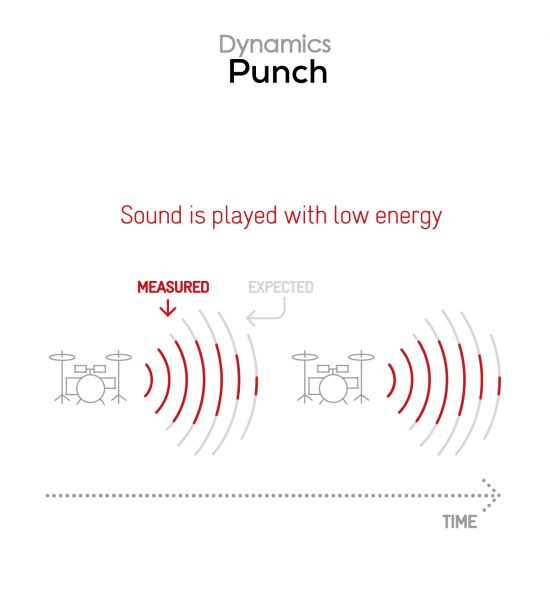
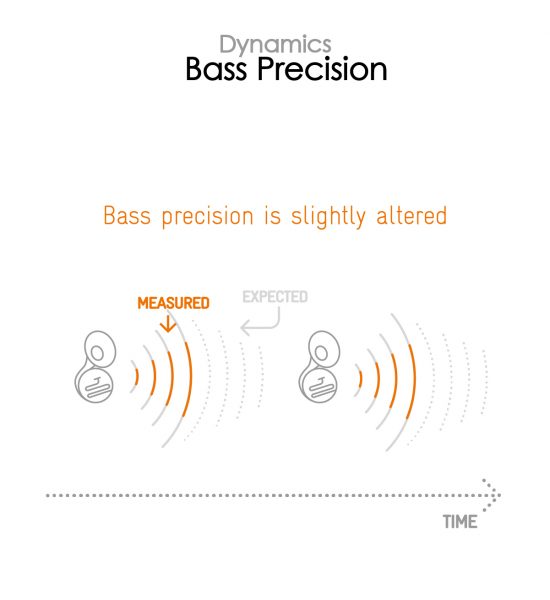

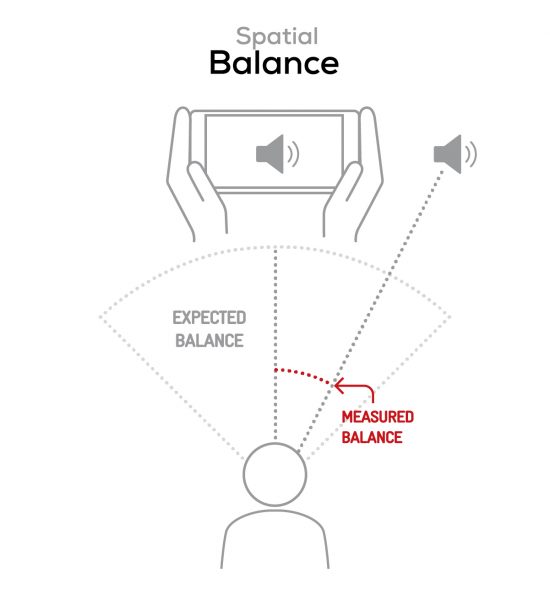
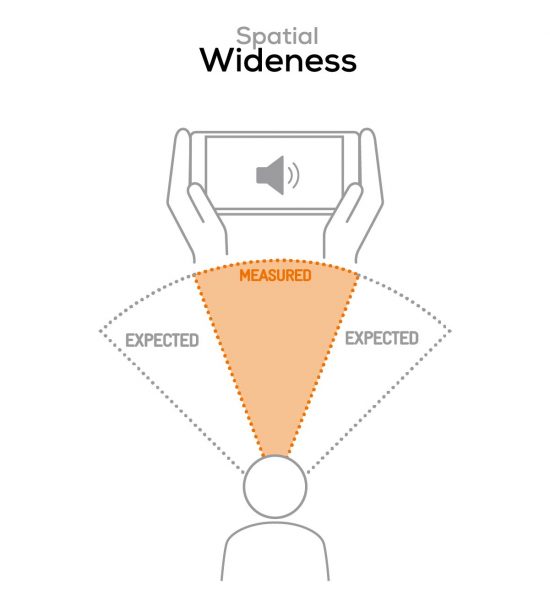


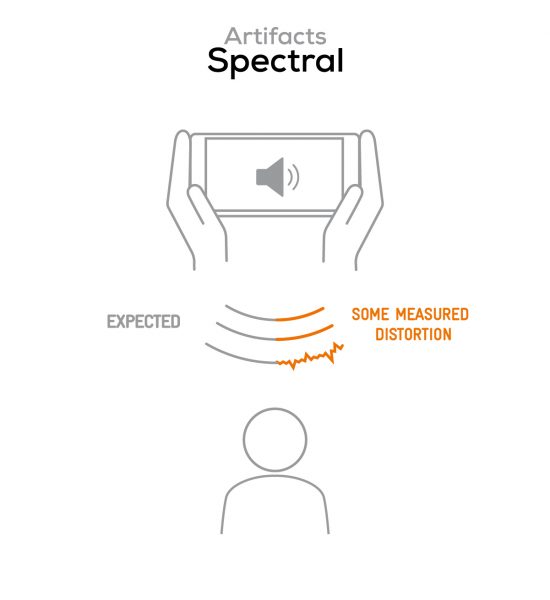
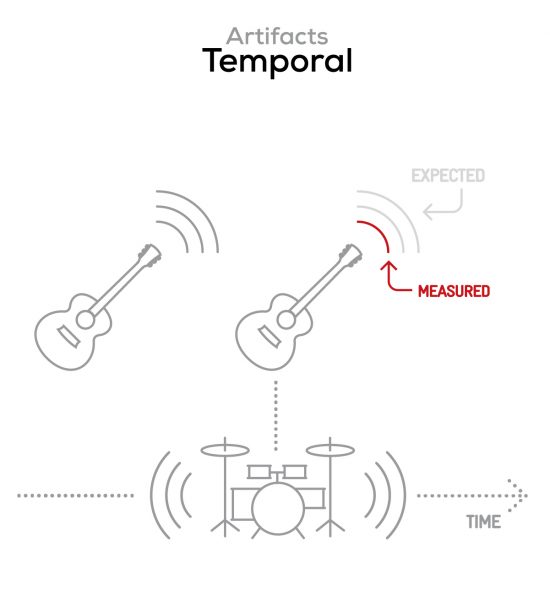


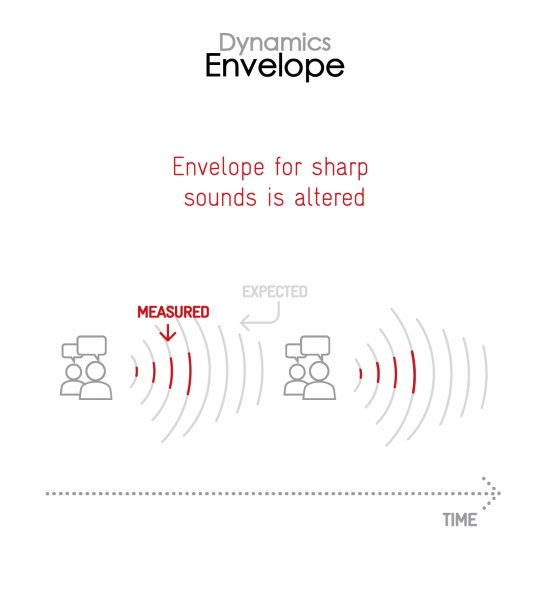
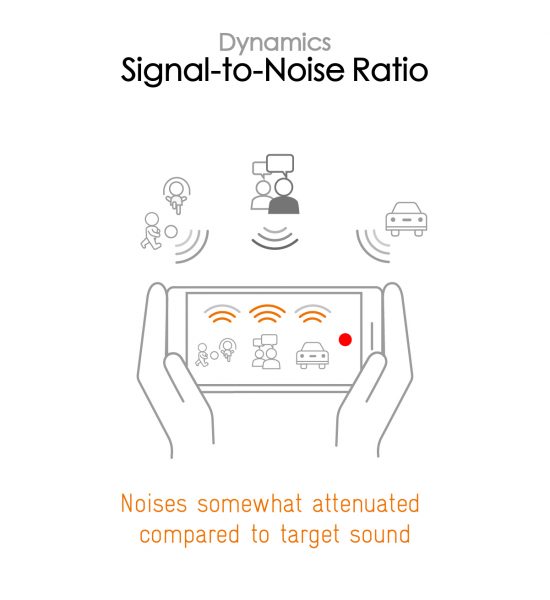

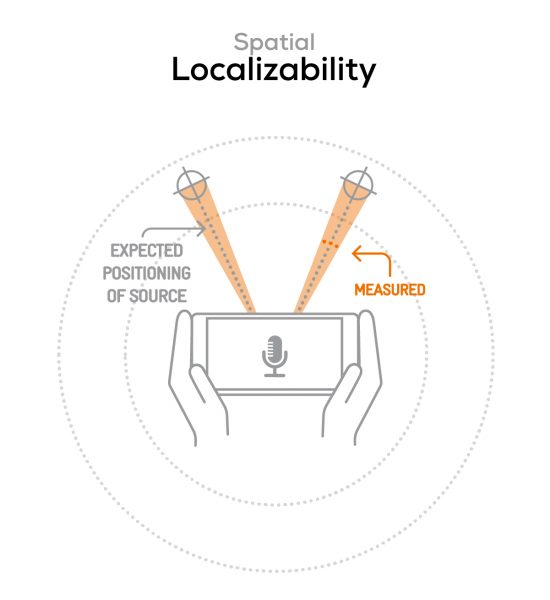
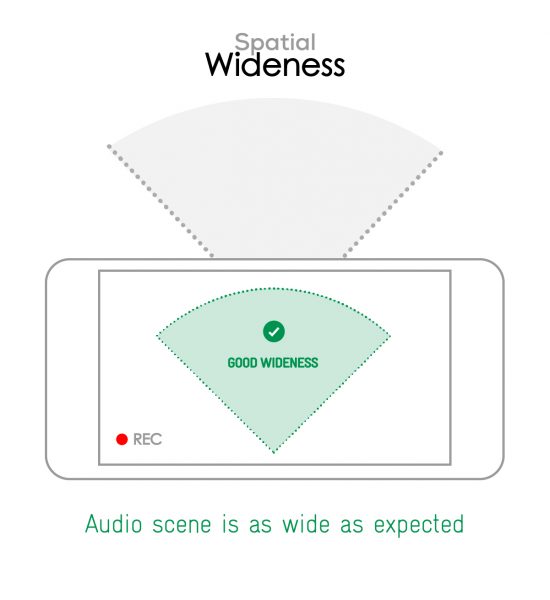

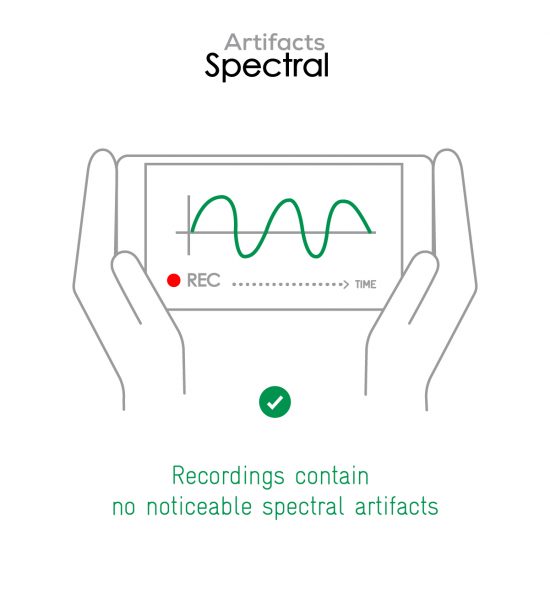
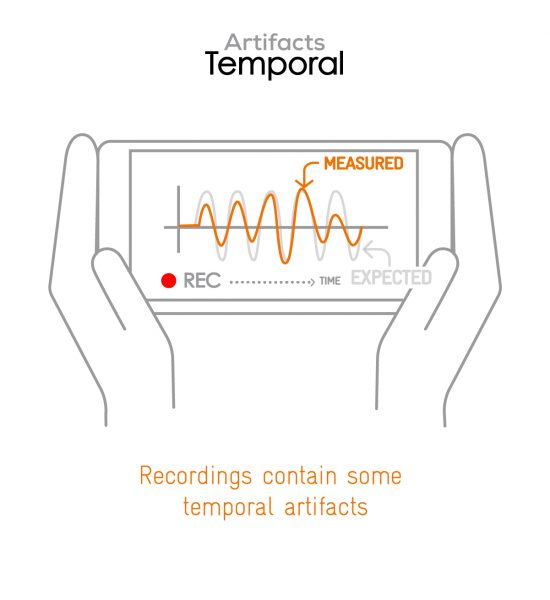

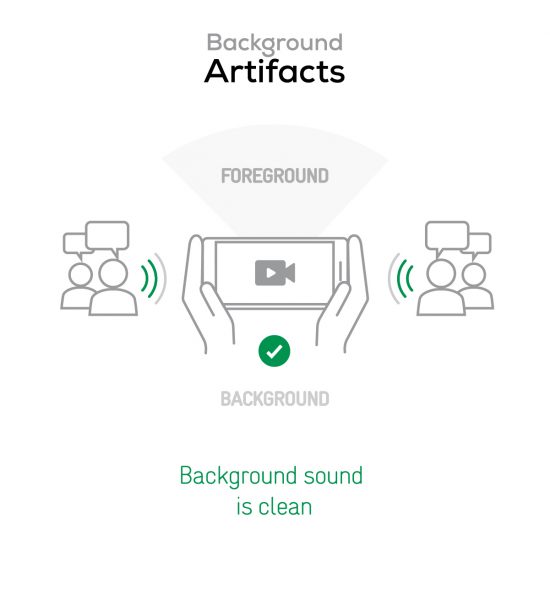
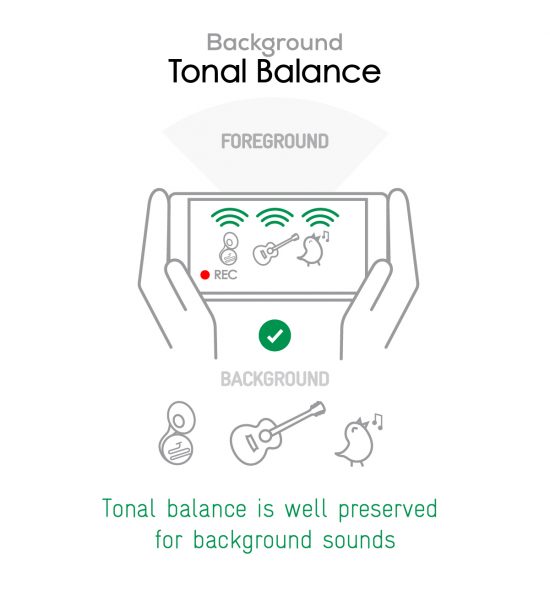


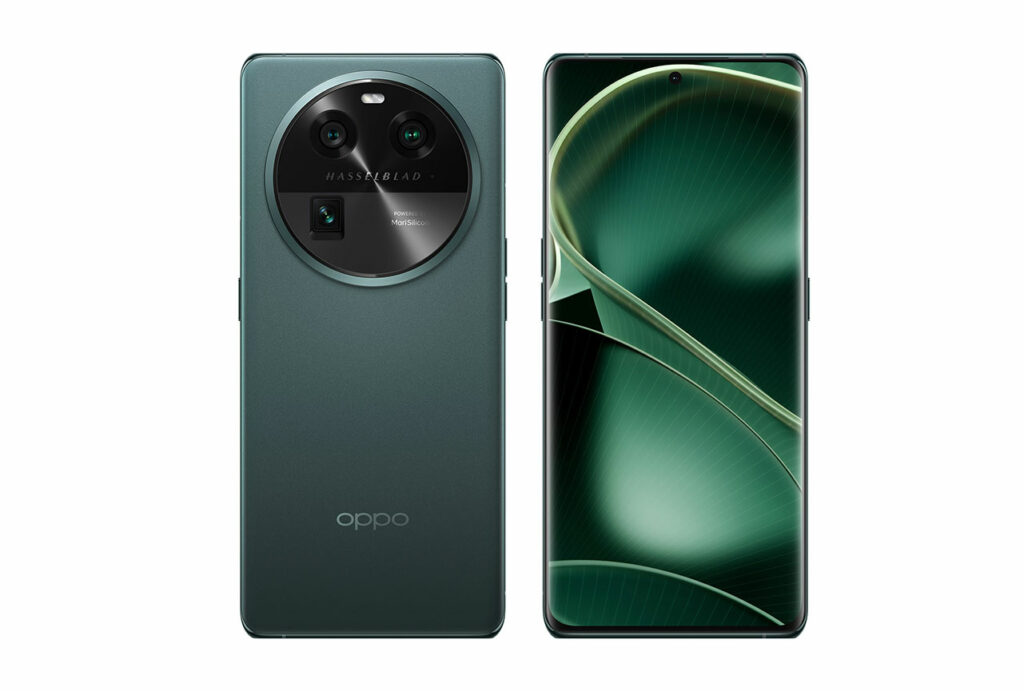

DXOMARK encourages its readers to share comments on the articles. To read or post comments, Disqus cookies are required. Change your Cookies Preferences and read more about our Comment Policy.